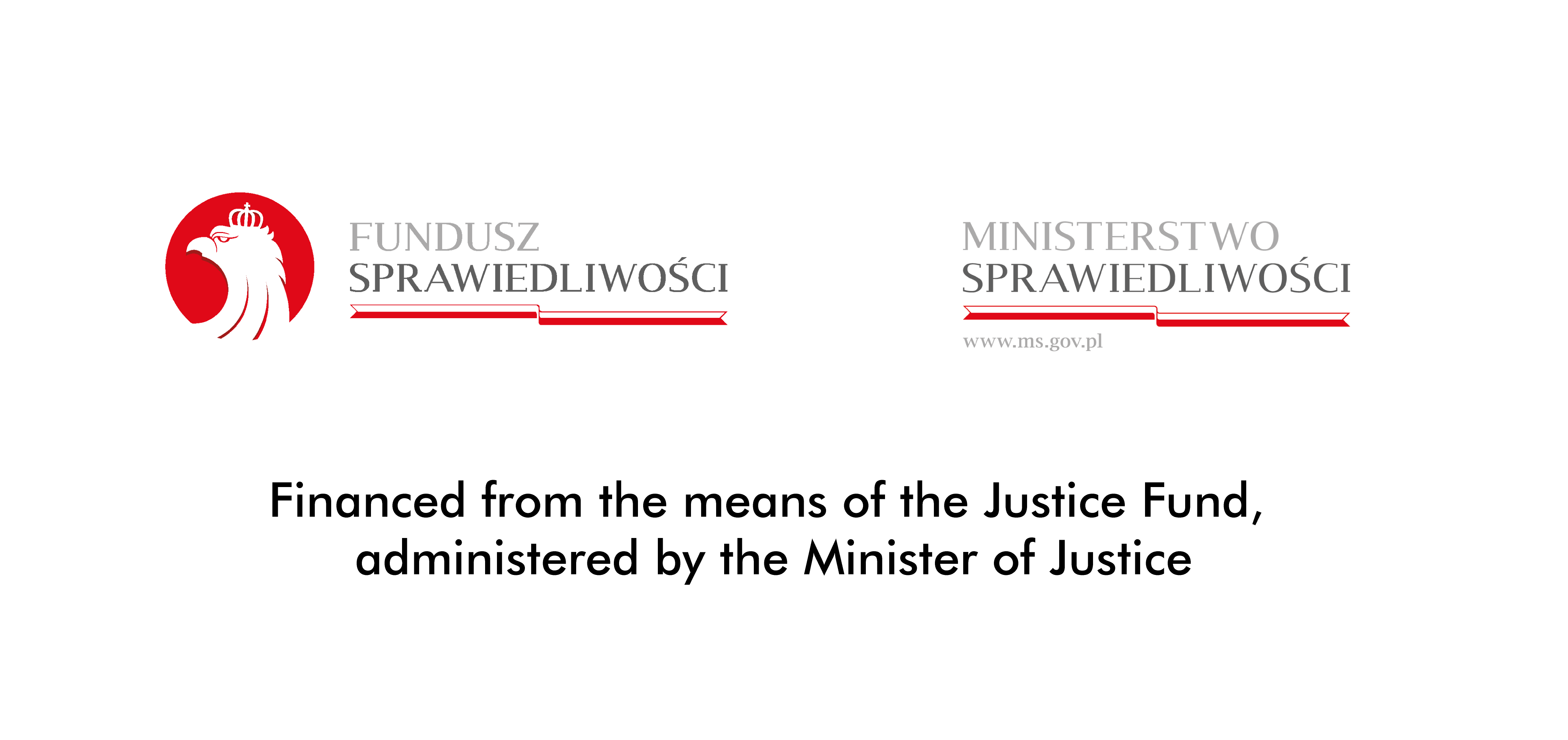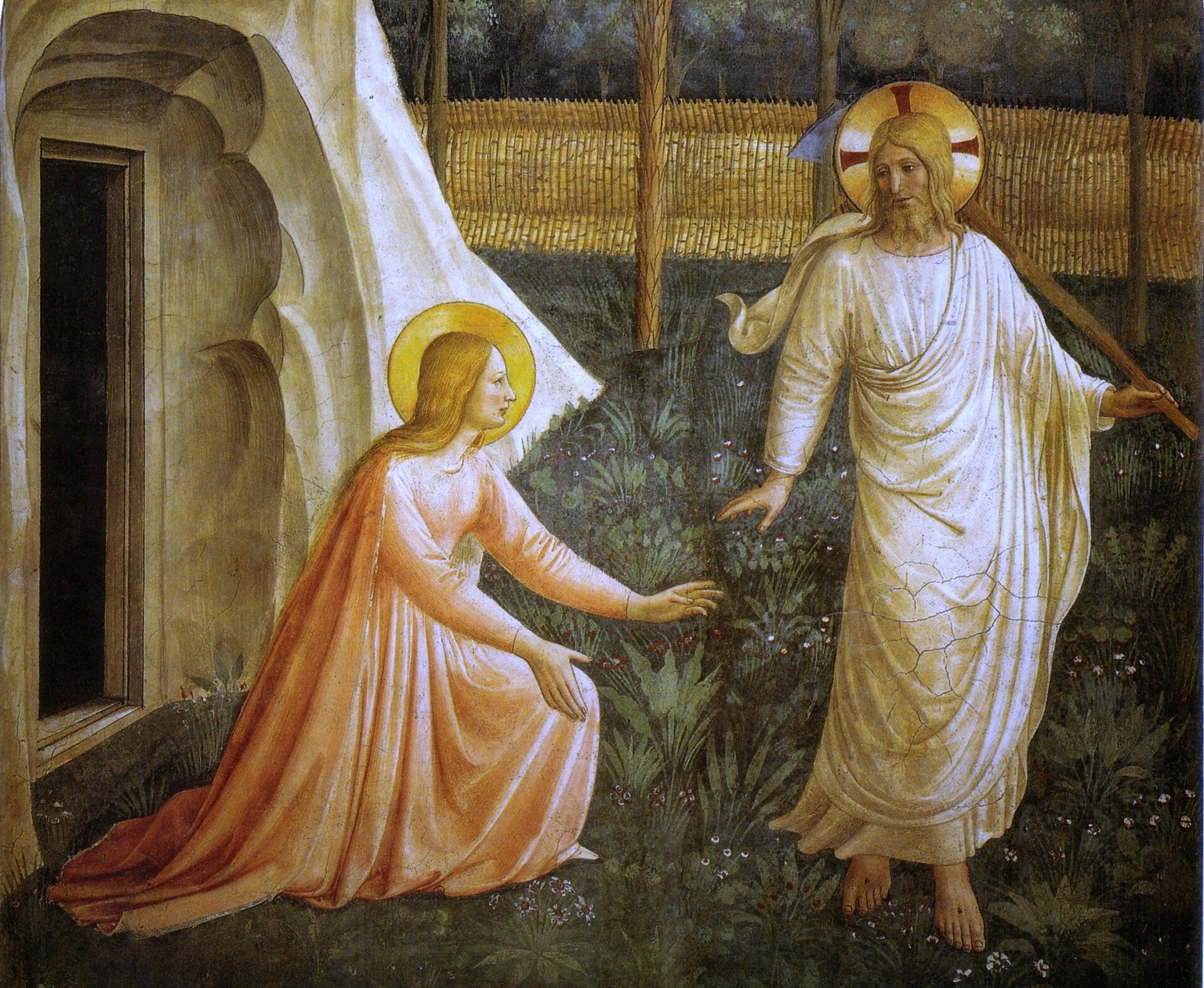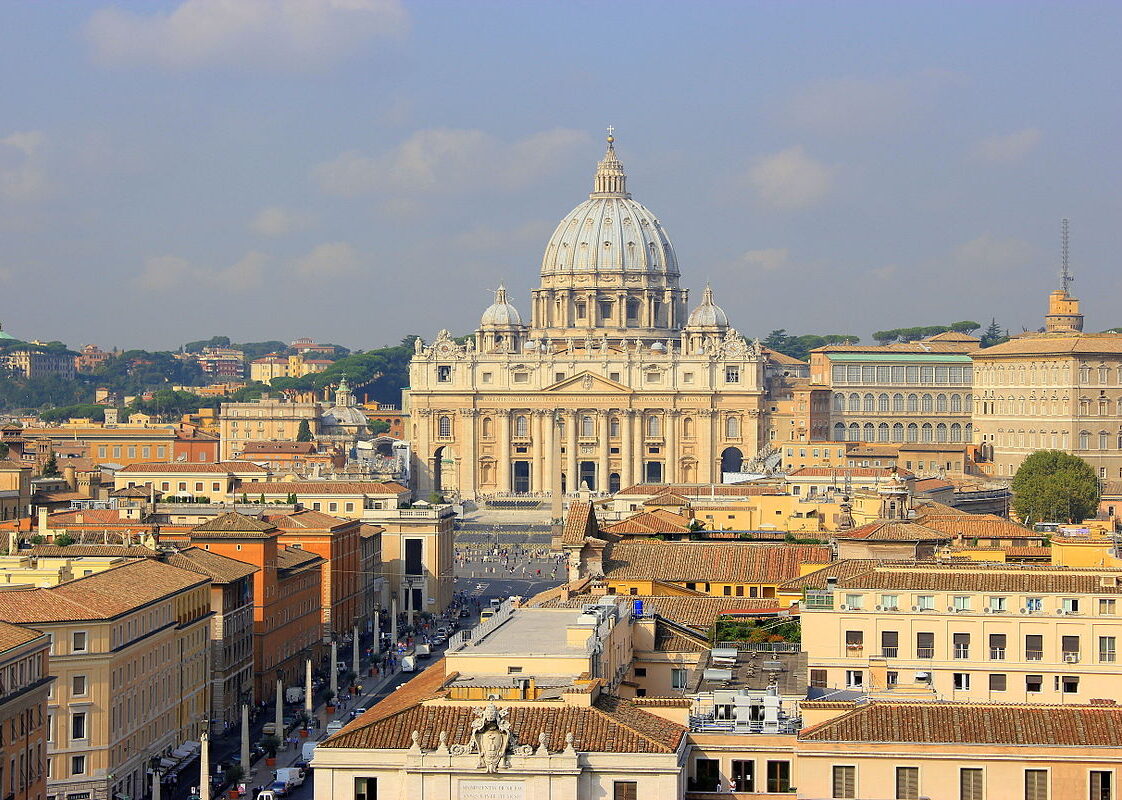Christians are disappearing from Bethlehem

To say that Bethlehem is an extremely important place for Christians seems like a truism, but with the disappearance of followers of the One who came into the world in this city, this fact takes on a different meaning. It also fits into the broader problem of the exodus of Christians from the Middle East. In Bethlehem, however, the pressure comes from two sides: radical Islamists and Jewish fundamentalists.
Witold Repetowicz
Many years ago I had the opportunity to attend a midnight mass at Bethlehem’s Basilica of the Nativity, which was quite an emotional experience. I remember, however, that from the mosque, located on the other side of the city’s central square (known as Manger Square, Arabic: majdan al-mahd), an unusually loud call to prayer from Muslims sounded as the service began. The loudspeakers, located 80 meters from the Christian shrine, drowned everything out, and it was hard to resist the impression that they were doing it on purpose. It’s worth remembering that Muslims recognize Jesus as a prophet and messiah, but his role is different than in Christianity; in particular, of course, they do not recognize the prophet Isa (for that is what he is called in the Quran) as God or as the Son of God.
The Quranic story of the birth of Jesus begins in sura III called “The Family of Imran” with the description of the announcement to Mary (Maryam) of the birth of Jesus (Isa) by the archangel Gabriel (Jibril). “O Mary! God announces to you the glad tidings of the Word coming from Him, whose name is the Messiah, Jesus, son of Mary.” Mary further expresses doubt: “O my Lord! How shall I have a son when no man has touched me?”. This passage differs little from the description found in Luke 1:26-38, but the fundamental difference lies in the angel’s response: “It shall be so! God creates what He wills!”. The Quranic Isa is therefore not the son of God and was created by Him, not born of Him. The Quran elaborates on this in sura XIX “Mary,” from which it is clear that the annunciation, conception and birth occurred immediately after each other, and that the child immediately had the ability to speak and act as a prophet. “Verily, I am the servant of God! He gave me a book and made me a prophet.” Further on, the Quran leaves no further doubt that it rejects Christian optics: “It is not fitting for God that He should take to Himself a Son.” And further, “They said, ‘The Merciful One has taken a son for Himself!’ You have committed a monstrous thing! The heavens almost burst open, and the earth almost cracked with fissures, and the mountains almost crumbled into dust – from the fact that they attributed a son to the Merciful One. And it is not worthy of the Merciful One to take a son for himself.”
Worship of Rachel
Bethlehem, first mentioned in about 1400 BC, is also important to Jews, which is connected to the tomb of Rachel, the wife of the Old Testament Jewish patriarch Jacob, son of Isaac and grandson of Abraham, located here. However, the cult of Rachel was initiated by local Christians, and only after them, in the Middle Ages, did Judaism and Muslims join in. It is associated with fertility, as Rachel was initially unable to have children, but was later blessed and gave birth to Jacob and Benjamin, dying after giving the last birth.
The current temple on the site that tradition indicates as Rachel’s burial place was created in 1841 by British banker and philanthropist of Jewish descent Sir Moses Montefiore. It was supposed to be open to all three religions, but after the establishment of Israel and the occupation of the West Bank by Jordan, Jews lost access to it until 1967, the Six-Day War, through which they took control of the West Bank. In doing so, Jewish fundamentalists made Rachel’s Tomb the third most important site in Judaism after the Western Wall and the Cave of the Patriarchs in Hebron. Meanwhile, according to the 1995 Palestinian-Israeli Oslo Accords, all of Bethlehem, including Rachel’s Tomb, was to come under the administration of the Palestinian Authority. However, in 2005 the site was surrounded by a wall separating Israel from Palestine, and as a result both Christians and Muslims lost access to it.
(…)
In 1948, when Israel was established, Christians made up 85% of the city’s population, while Muslims made up 13%, and were mostly Greek Orthodox under the Patriarchate of Jerusalem and Roman Catholics. However, as a result of the Arab-Jewish war, Bethlehem was not included within the borders of the newly formed Jewish state, but was occupied by Jordan, and the Jews had to leave the region. This changed after the Six-Day War in 1967, but at that time the proportions of the city’s population changed, and Christians were now only 46% and Muslims 54%.

It is estimated that Christians make up 6% of the 14-million-strong Palestinian population, most of whom, however, live outside Palestine. In 1946, according to official figures, the percentage of Christians among Palestine’s Arab population was 12% (145,000). In 1948, some 114,000 Christians lived in the areas that were included in Israel’s borders, of whom 75,000 had to leave the territories and 39,000 remained. In contrast, 35,000 of them lived in the areas incorporated into Jordan at the time. Today, in Israel (outside the Palestinian territories) there are approx. 190,000 Christians (about 2% of Israel’s total population and about 10% of Israel’s Arab population) and they are Arabs, with a small number of Assyrians and Aramaeans, with none of the members of the Israeli parliament being Christian. In contrast, the Palestinian Authority areas are home to approx. 50,000 Christians, including 47,000 in the West Bank (1.5%) and 1-3,000 in the Hamas-ruled Gaza Strip (0.1%). As recently as the 1970s, Christians in the West Bank numbered about 5%. In Bethlehem alone, the number of Christians had dropped to 11,000 by 2016, making the city still one of the largest concentrations of Palestinian followers of Christ, but it is now only 12% of its total population.
Why are Christians disappearing?
The decline in the number of Christians is often explained by the fact that they have a lower birth rate than Muslims, and that it is easier for them to emigrate because they assimilate better in the West. The latter argument leads to pointing to Israeli policies toward Palestine, including the blockade of Gaza, as the main reason for this exodus. While not insignificant, of course, the pressure is also coming from the Muslim side, however, which fits into the overall picture of the disappearance of Christianity in the Muslim Middle East.
There are only three Christian churches in the Gaza Strip: Catholic, Orthodox, and Protestant. The latter is essentially closed, as leaders of the Protestant community left Gaza in 2007, following the murder of one of them, Rami Ayad, who also ran a Christian bookstore. The Orthodox Church, on the other hand, was attacked in 2011. Some Christian clerics, however, defend Hamas, claiming that the attacks were the work of Salafist groups, from which Hamas protects Christians. Christians in Gaza, however, are not allowed to celebrate Christmas in public.
Things are better in the West Bank, though not perfectly. Article 18 of the 2002 Palestinian constitution guarantees full religious freedom, but some complain of informal discrimination, such as in land dealings. Most Palestinian Christians, however, feel a close bond with their Muslim compatriots and, like them, complain primarily about Israeli obstructions. These include the wall, which also passes through Bethlehem, as well as the ever-expanding Jewish settlements, the establishment of which is incompatible with the Israeli-Palestinian Oslo Accords. At present, the peace process is essentially dead, and the likelihood of a Palestinian state is close to zero. The return of Benjamin Netanyahu to power and the prospect of Orthodox-Zionist fundamentalists entering the government, who believe that all of Palestine, all the way to the Jordan River, should belong to the Jews, makes the situation even worse.
Palestinian Christians, like Muslims, are complaining of land confiscations, restrictions on movement, a growing sense of insecurity and general economic problems. Unemployment in Bethlehem stands at 27%, higher than the West Bank average (22%). Meanwhile, Netanyahu’s coalition agreement with religious Zionist parties provides for the legalization of settlements and the expansion of infrastructure connecting them to Israel, which means further hardships for Palestinians, including Christians. It can also be expected that the government will favor the establishment of more settlements, which will most likely lead to new fighting with the Palestinians and possibly be the nail in the coffin for local Christianity, which will once again be in the crossfire.
One of Bethlehem’s main sources of income is tourism, but locals complain that visitors to the Basilica of the Nativity spend only a few hours in the city, then return to the Israeli side, meaning that only a small portion of their expenses stay on the Palestinian side. The basilica itself, according to a document issued in 1853 by Ottoman Sultan Abdülmecid, later recognized in the 1878 Treaty of Berlin as an act of international law, is in the joint custody of the Orthodox (Patriarchate of Jerusalem), Catholics, and Armenians (Apostolic Church). In April 2002, during the second intifada, dozens of armed fighters of various Palestinian formations entered the basilica, fleeing Israeli troops who had entered Bethlehem. At the time, more than 200 monks and others who had also taken refuge there were inside the shrine. The Israelis launched a 38-day siege, during which both sides exchanged fire, and eight Palestinians were killed. The basilica itself also suffered heavily.
Exactly 10 years later, UNESCO, at the request of Palestine (admitted to the organization in 2011), listed the basilica as a World Heritage Site. This caused quite a controversy, as it was done in what was called an emergency procedure, which was supposedly justified by the urgency of the renovation and Israel’s difficulties in importing suitable materials. At the same time, Christians were not enthusiastic about the move, as they feared that Israel’s critical stance would lead to even more complications, which in fact it did, and in late 2018 both Israel and the US left UNESCO altogether.
Various Christian groups around the world are arguing over who is to blame for the disappearance of Christianity in Palestine. The Christian right in the U.S., which is sympathetic to Israel, blames radical Islamists, pointing to the general phenomenon of declining numbers of Christ’s followers in Muslim countries. According to a Pew Research study, between 1900 and 2010, the percentage of Christians in the Middle East and North Africa declined from 10% to 5%. Today, after the conflagration of the Arab Spring and the activity of the Islamic State, it is arguably even worse. But Palestinians themselves, regardless of religion, have no sympathy for Israel, and they have good reason for it. This negative sentiment, moreover, is equally reciprocated, if not more so.
This article was published in “Do Rzeczy” weekly magazine in December 2022.




